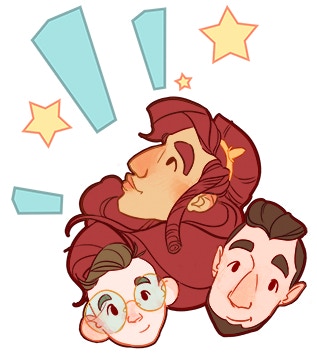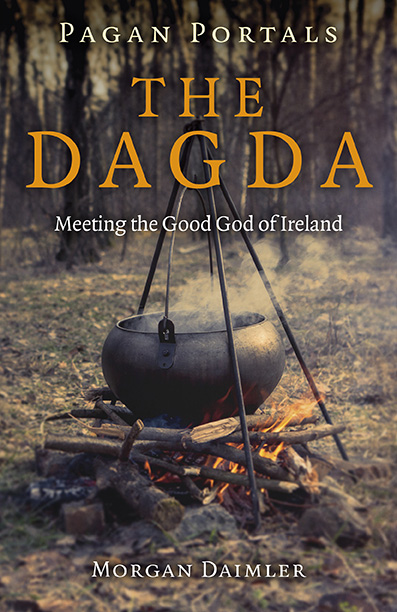US$8.00
I recently received a very short, self-published chapbook by an author whose
writing I was not familiar with. I get nervous about reviewing people’s work—I don’t
like to hurt feelings but I also don’t like to say I love something when I really
don’t. Somehow the stakes seem even higher when it is self-published, I suppose
because they don’t obviously have anyone else promoting the work for them, so
more depends on one review, but equally they may well be depending entirely on
their own eyeball when it comes to editing, layout, and so on, which as many
writers have shown is not always a great idea. So it was with some trepidation
that I awaited delivery of this booklet.
It arrived shortly before Imbolc. To my relief, it looked pretty darn
good. The layout is done with an artist’s eye, though there is little
decoration; it is printed on nice paper; there were no wild claims on the back
cover: all promising signs.
Because of its subject matter, I wanted to review it right away so
people could know about it before the feast day, but it is my busiest time of
year and it just wasn’t possible. At last today I had a clear enough mental
space to sit down and read the whole thing at once and pay it the attention it (and
the author) deserved. I have to say—I love
it.
Twenty pages all told, including front and back matter, Poems for the season of Imbolc focusses
on the Scottish tales of Bride, Angus, and the Cailleach. There is a short and useful
introduction and then four poems, “If Angus Would Come,” “The Cailleach Becomes
Bride,” “Cailleach Rant,” and “Woman of the White Sky.”
Apart from “Cailleach Rant,” which is a prose poem of gathering power,
the poems are free verse, telling their stories pithily and beautifully. Their tone
ranges from lilting and passionate to wild and world-shaping, climaxing in a defiant
call to giant selfhood. I will give two small
tastes, but far better that you read the book all at once. Often this is not
the case with poetry. It’s best to take deep sips of one or two poems and then
sit with them before going back. But Poems
for the season of Imbolc is strongest when taken all together, from the
longing of Bride for Angus to the transformation of Cailleach to Bride to the
roar of the Cailleach to women everywhere, to the brief silence of the final
poem of praise to her.
… If Angus
would come
He would
search for me
Guided by
the light of a thousand candles
He would
know my abode
By the sark
I have hung on the window sill
It collects
the snow, to be wrung as dew
To ease his
wounds when he comes …
from “If Angus Would Come”
… I cackle
again from the treetops
raising a
storm that sends the cattle
lowing and
bucking in indignation
from sleet
like knives
for the
shelter of the dyke
The ponies
lower their
heads to the ground
tails
plastered to their legs …
from “The Cailleach Becomes Bride”
What does
it feel like when life turns out not to be a journey, after all, but an immense
impermanence?
from “Cailleach Rant”

















